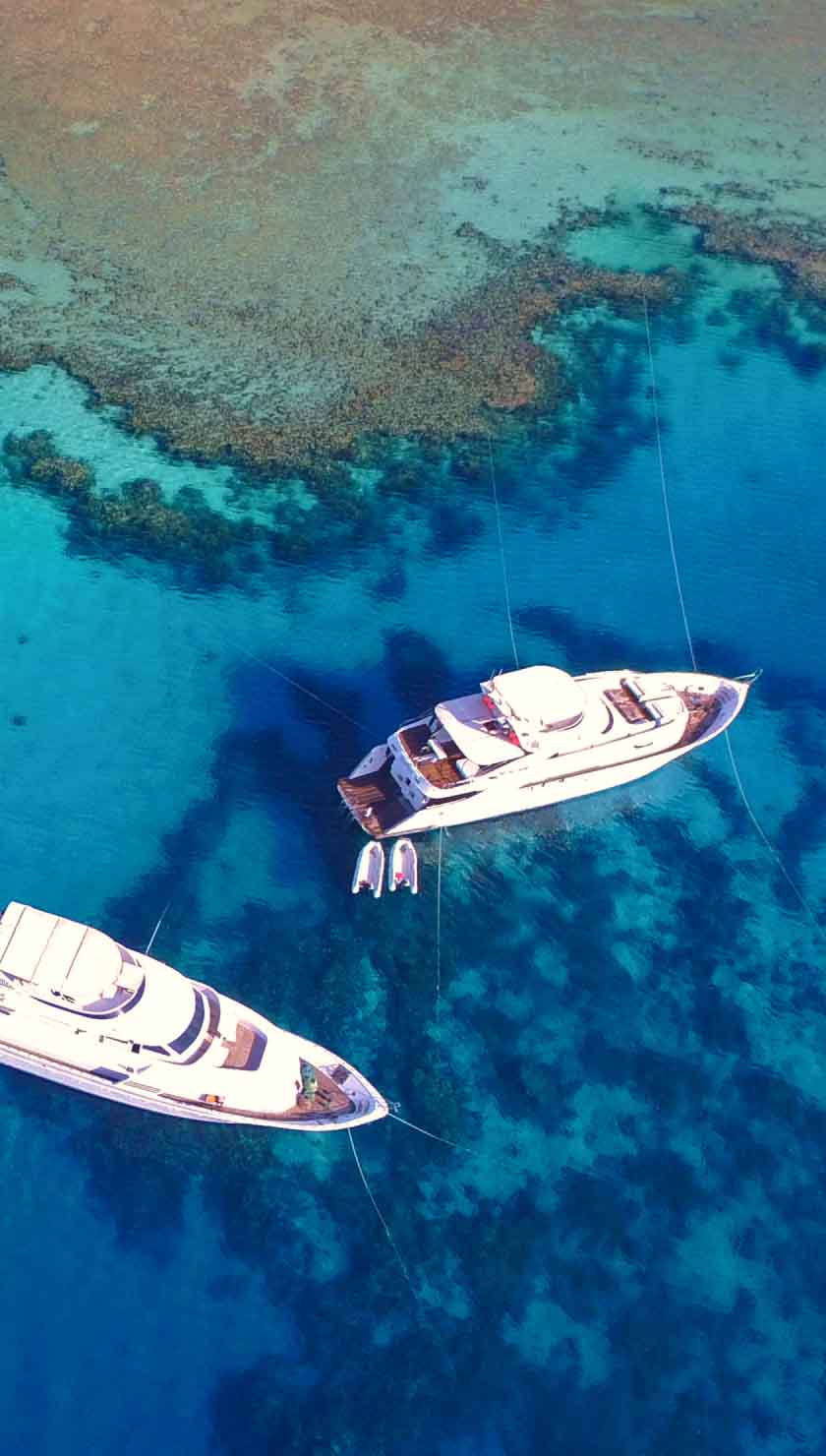Diving in Panama
Panama (translated as abundance of fish) offers some of the most impressive megafauna of any scuba diving location. Dive the calm, reef-filled Caribbean in the morning and the wild Pacific in the afternoon with humpback whales, orcas, whale sharks, manta rays, dolphins, sailfish, hammerhead, bull and tiger sharks.
Scuba diving in Panama is one of the most diverse locations on the planet. Panama holds an extremely impressive biodiversity, within very complex ecosystems. Panama scuba diving give you the opportunity to visit two oceans that, for all intents and purposes, are worlds apart. To the north you will be scuba diving in the Caribbean, while to the south, lies the Eastern Pacific Ocean. Panama scuba diving is unique. In the morning you can be diving in the calm waters of Bocas del Toro in the Caribbean, with fantastic visibility and all the vibrant colours of the reefs; while in the afternoon you dive the wild Pacific, with towering volcanic formations and death-defying drop-offs, in an area that draws some of the most impressive megafauna of the oceans.
The Republic of Panama is a very modern, transcontinental country that joins North America with South America. Panama controls one of the most important shipping routes, the Panama Canal, that links the North Atlantic with the North Pacific oceans, via the Caribbean. Panama officially uses two national currencies, the US dollar, and the Panamanian balboa, which has been tied to the value of the US dollar (1 USD is equal to 1 PAB). In addition, Panama is also home to the northern hemisphereís largest free trade zone, igniting a booming shopping industry with several large American-style malls.











